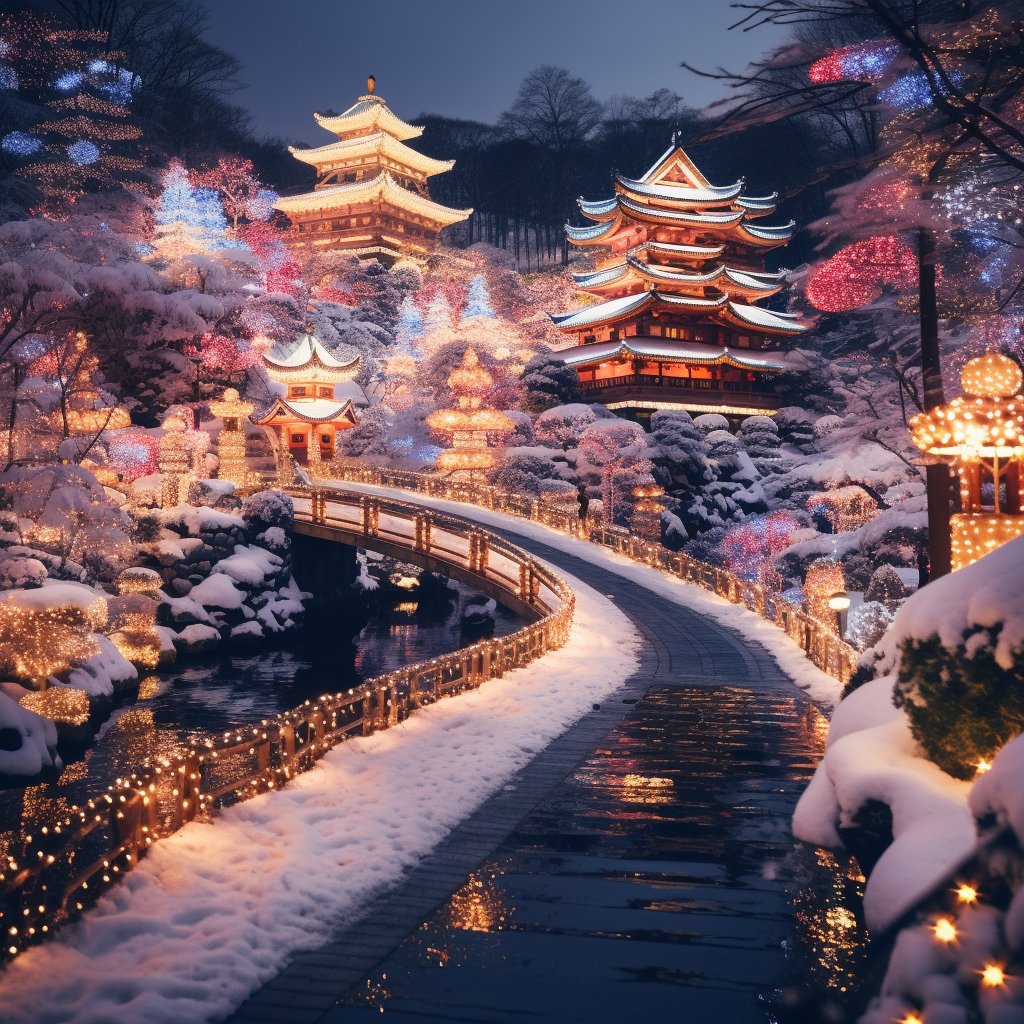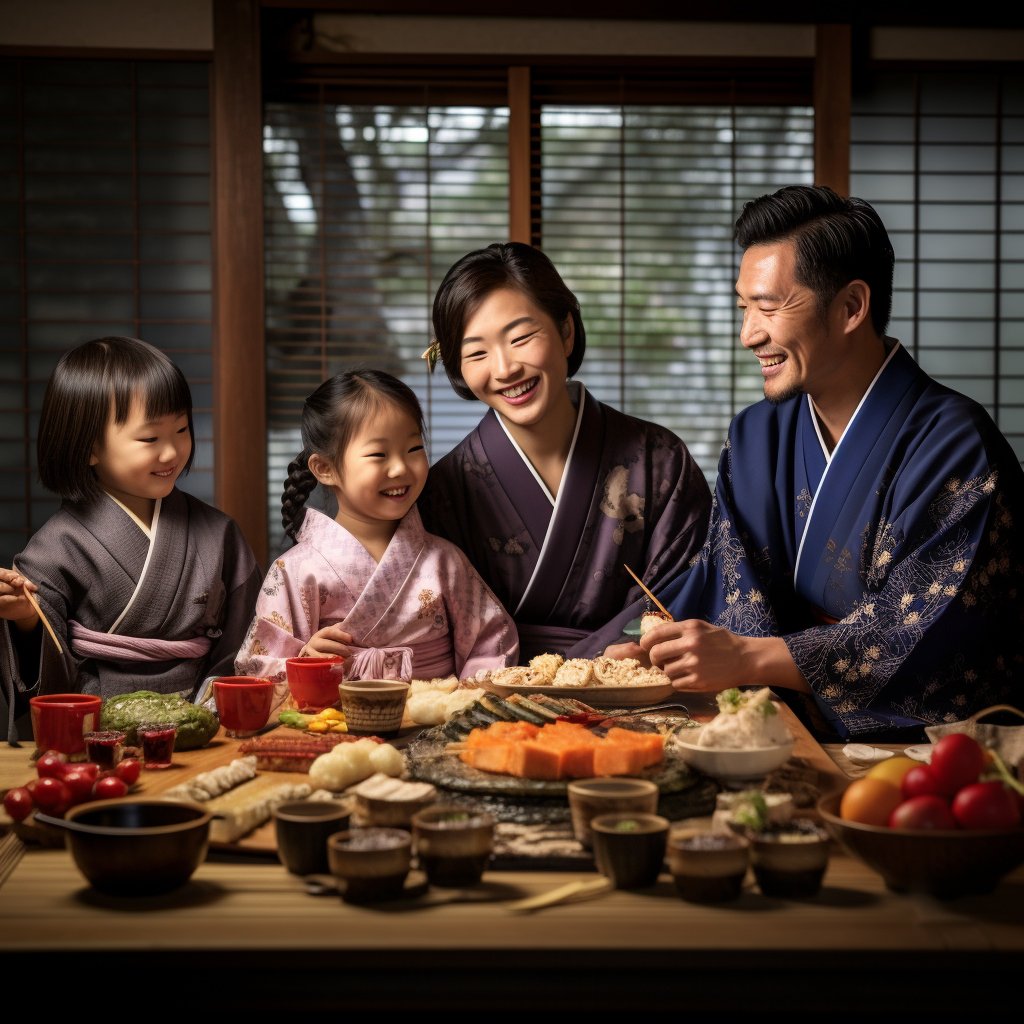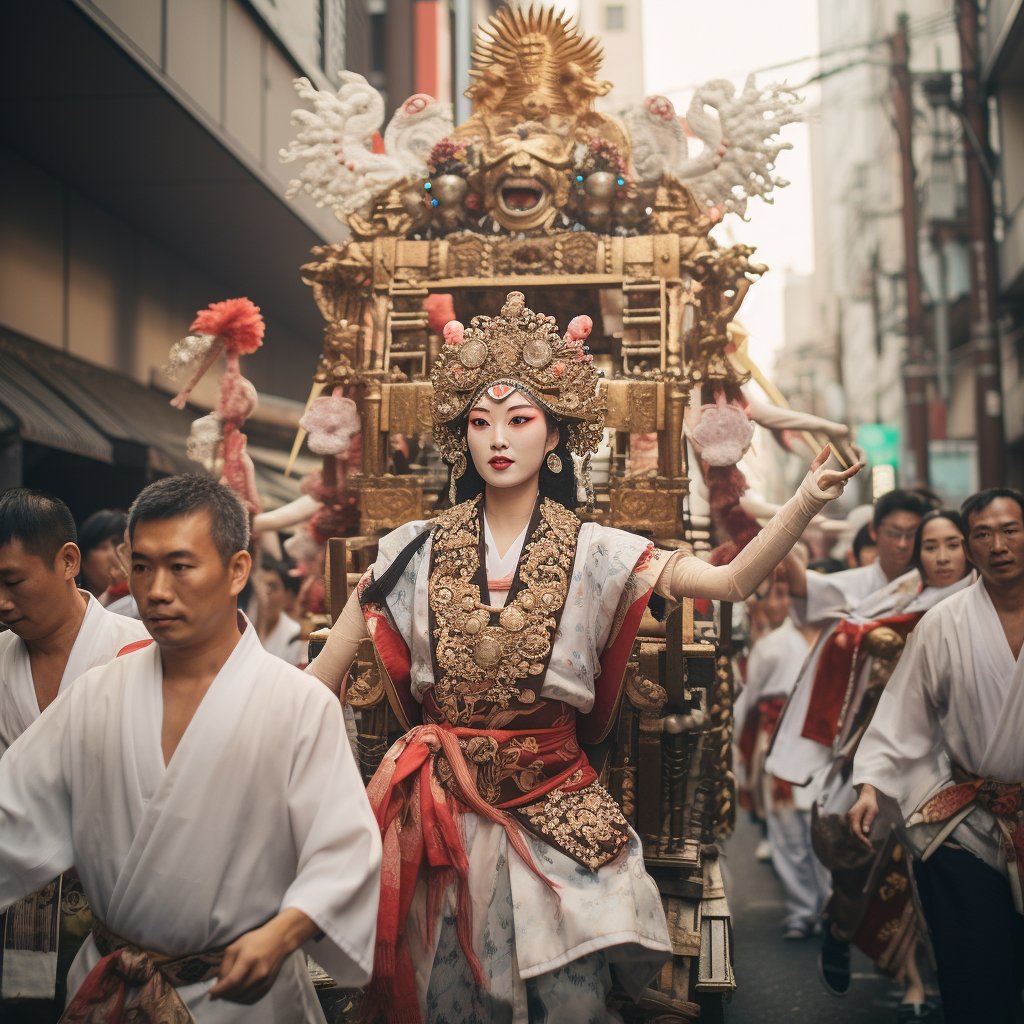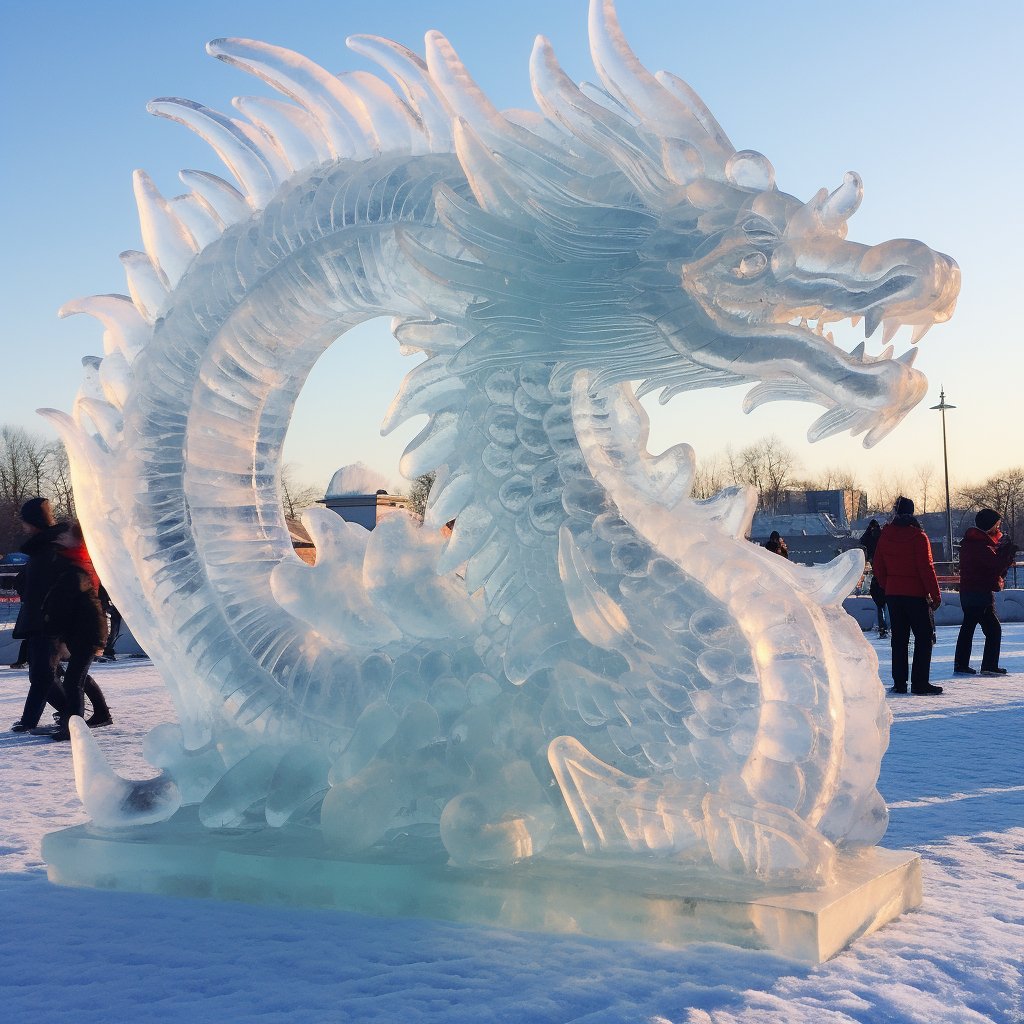Japan’s festivals and celebrations are a vibrant tapestry that weaves through the nation’s cultural and historical landscape. From spring’s delicate blossoms to winter’s luminous displays, each festival encapsulates a unique aspect of Japan’s heritage and ethos. This exploration takes us deep into the heart of Japan’s most celebrated events, unveiling the stories and traditions that define them.
Hanami: The Cherry Blossom Festivals
The Hanami season, epitomizing the transient beauty of life, is celebrated under the breathtaking canopy of cherry blossoms. This enchanting period is not just about the spectacular blooms; it’s a cultural event where people gather to relish in the beauty of nature, enjoy communal picnics, and partake in traditional music and dance. The cherry blossom’s fleeting beauty holds a special place in the Japanese heart, symbolizing the delicate balance of life and beauty.

Gion Matsuri: Kyoto’s Historic Festival
Tracing its origins back over a millennium, the Gion Matsuri in Kyoto is a splendid display of cultural preservation and celebration. The festival features an array of majestic floats, known as Yamaboko, parading through the streets amidst a sea of traditional music and chants. This event, rooted in Shinto traditions, is a powerful testament to Kyoto’s historical and spiritual identity, offering a mesmerizing experience for spectators.

Tanabata: The Star Festival
Originating from a celestial love story, Tanabata is a festival of hope and romance. Streets across Japan are adorned with colorful decorations, where wishes written on tanzaku papers flutter in the breeze. This festival not only celebrates love and longing but also the community’s aspirations and dreams, creating a tapestry of shared human experiences and desires.

Winter Illuminations: Light Up the Cold Nights
Japan’s winter illuminations are a dazzling spectacle of light and artistry. These illuminations are not merely holiday decorations but are deeply woven into the fabric of Japanese winter culture. Cities transform into luminous wonderlands, offering a magical respite from the winter chill. From the romantic, twinkling streets of Tokyo to the elaborate light shows of Osaka, these illuminations are a celebration of light, life, and community.

Obon: Honoring Ancestors
Obon, a poignant and reflective festival, honors the spirits of ancestors. This Buddhist-Confucian custom brings families together to celebrate their heritage and remember their loved ones. The festival’s highlight is the Bon Odori dance, a symbolic gesture to welcome the spirits. The floating of lanterns, symbolizing the guiding of spirits back to their world, adds a serene and contemplative aspect to this deeply cultural event.

New Year (Shogatsu)
Shogatsu, the Japanese New Year, is one of the most significant and heartfelt celebrations in Japan. Marking the beginning of a new year, it’s a time for families to reunite, reflect on the past year, and wish for a prosperous and healthy year ahead. Traditional customs, such as eating special New Year dishes known as Osechi-ryori, visiting shrines for Hatsumode (the first shrine visit of the year), and the joyous ringing of bells at temples, infuse the air with a sense of renewal and hope. Shogatsu is not just a celebration; it’s a profound cultural experience that encapsulates the Japanese spirit of family, gratitude, and renewal.

Kanda Matsuri
Kanda Matsuri, one of Tokyo’s three great Shinto festivals, is a vibrant testament to Tokyo’s rich cultural tapestry. Celebrated in mid-May at the Kanda Myojin Shrine, this festival honors the deities enshrined there. The highlight is a grand procession of mikoshi (portable shrines), musicians, and dancers through the streets of Tokyo, exemplifying the communal spirit and historic traditions of the city. Kanda Matsuri is a spectacular event that blends the sacred and the festive, showcasing the deep spiritual roots and lively community life of Tokyo.

Sapporo Snow Festival
The Sapporo Snow Festival, held annually in Hokkaido, transforms the city into a winter wonderland of snow and ice sculptures. Artists from around the world gather to display their magnificent creations, ranging from intricate ice statues to massive snow sculptures. The festival is not just an artistic exhibition; it’s a celebration of winter’s beauty and a testament to the creative spirit. The illuminated sculptures at night create a fantastical atmosphere, making the Sapporo Snow Festival a magical experience.

Conclusion: A Cultural Tapestry Woven in Festivity
As our journey through Japan’s festivals and celebrations concludes, we are left with a profound appreciation for the rich tapestry of Japanese culture. Each festival, whether it celebrates the new year, honors ancient deities, or embraces the beauty of nature, is a vibrant expression of Japan’s history, traditions, and community spirit. These celebrations are not just events; they are the heartbeat of Japan, pulsating with the rhythm of its people and the stories of its past. They invite us to partake in something greater than ourselves – a communal experience that transcends time and continues to enchant and inspire.

